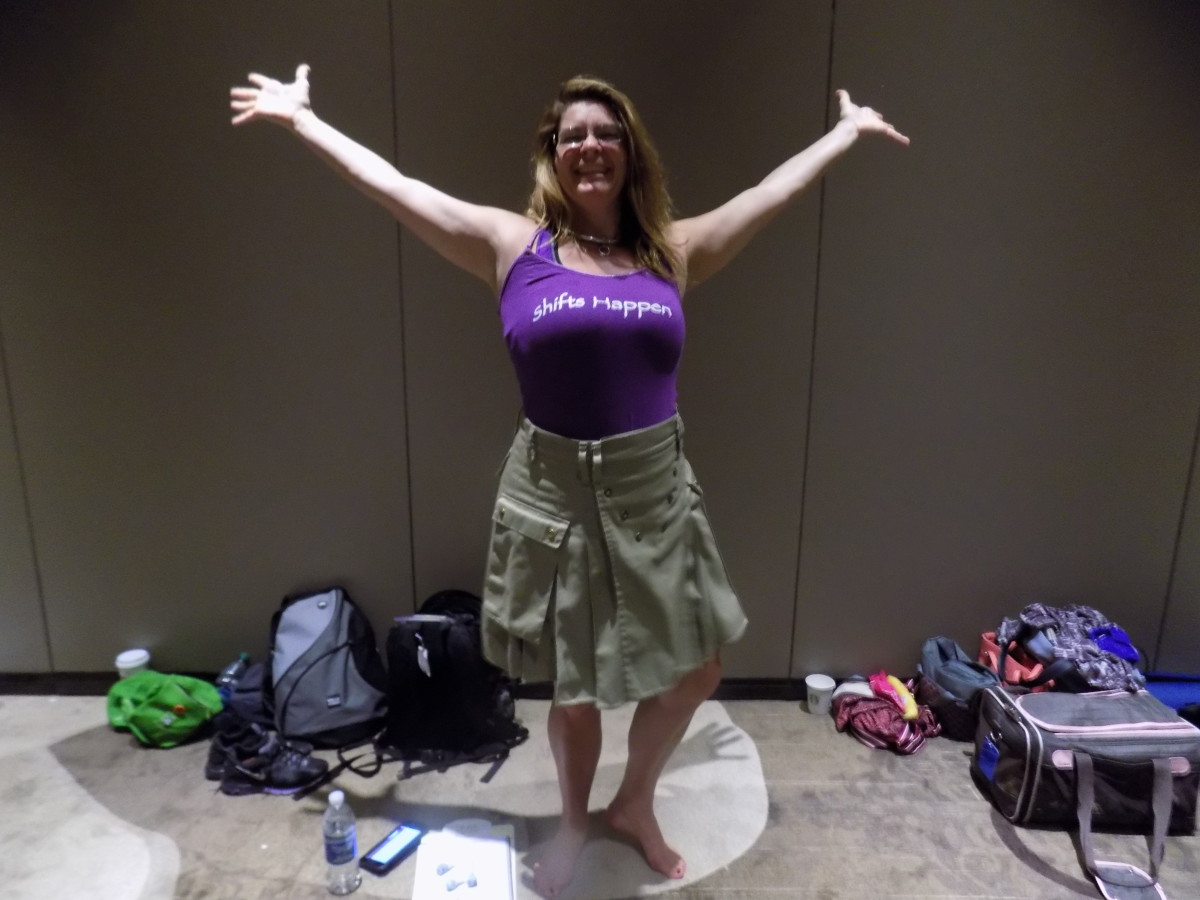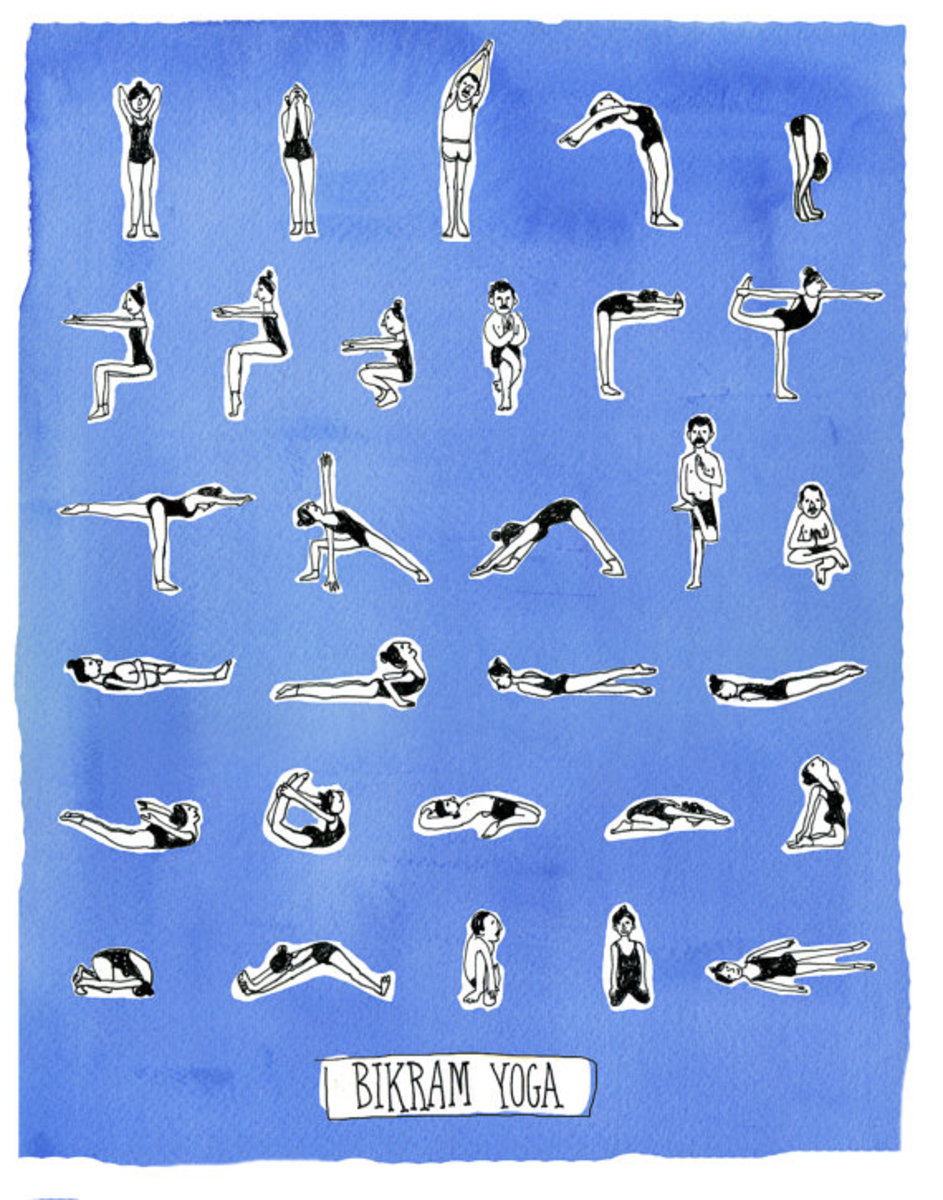Pranayama and Yogic Breathing Exercises

Prana is 'vital energy', which includes will power and ambition, while 'ayama' means 'stretch, expansion and extension'. Pranayama can be described as the 'expansion and extension of energy or life force'. – B. K. S. Iyengar
The way we breathe has a profound effect on the quality of our lives. It might be surprising to note that many of us do not breathe properly. The fact that breathing happens automatically we hardly ever pay attention to it. We have developed poor breathing habits over the years and we use only a small percentage of our 5-quarter lung capacity leading to many ailments. An important question to ask ourselves is, 'Do I breathe high up in my chest or from my navel?'
Do you feel tired and sluggish by the end of the day? The reason is shallow breathing since it does not properly oxygenate the system, allowing toxins to build up. It leads to loss of energy, respiratory problems, mental confusion, and increased tension. It is no wonder that we find ourself so stressed out and unable to cope with life's challenges.
On the other hand deep diaphragmatic breathing helps our respiratory, circulatory, digestive and nervous systems nourishing the blood cells and removing harmful toxins from the body. The practice of Pranayama is one way to fully oxygenate and purify our bodies and to balance our energies. However, it is important to remember that Patanjali specified that pranayama should be attempted only after the asanas or yoga poses were mastered.
Conscious Breathing
Four Parts of Breath
| Effects and Benefits
|
|---|---|
Inhalation
| brings nourishment and energy
|
Retention or holding the breath in
| allows prana to fully enter and energize the body
|
Exhalation
| cleanses the system and quiets the emotions
|
Suspension or holding the breath out
| extends the benefits of exhalation by further calming the entire being.
|
The Yoga of Breath -- A Step-by-step Guide to Pranayama by Richard Rosen is one of the best books I have read on the topic. It can help you practice pranayama for a whole year by yourself if you cannot find a teacher near by or are unable to go to any classes.
Pranayama is Not Deep Breathing
The first step before starting the practice of pranayama is to observe you current breathing pattern by doing conscious breathing. The breath can be divided into four parts and Pranayama practice makes use of them in different combinations:
- Inhalation
- Retention or holding the breath in
- Exhalation
- Suspension or holding the breath out
It is important to remember that pranayama is not mere deep breathing. Deep breathing tenses the facial muscles, makes the skull and scalp rigid, tightens the chest, and applies external force to the intake or release of breath. This actually creates hardness in the fibers of the lungs and chest, preventing the percolation of breath through the body.
In pranayama practice, the cells of the brain and facial muscles remain soft and receptive, and the breath is drawn in or released gently. The practice of asanas or yoga poses helps to remove the obstructions which impede the flow of prana. Pranayama is a complex process and must be practiced with the greatest sincerity and precision. At first it is difficult and requires great effort. Mastery is achieved when pranayama becomes effortless.
It is a good idea to find a teacher for practicing pranayama. If you are attempting it on your own it would be a good idea to practice it in a reclining position in the beginning. To learn about the benefits and how to practice yogic breathing exercises see Yoga Breathing Exercises, Pranayama.
There are few pranayama or yogic breathing exercises that are safe to do by yourself. They are:
- Kapalabhati – skull brightener or skull shining breath (preparation for pranayama)
- Sama-vritti – Equal Ratio breathing
- Anuloma Viloma – Alternate Nostril Breath
The Basics of Pranayama Yoga w/ Richard Freeman

Kapalabhati – skull brightener or skull shining breath (preparation for Pranayama)
n everyday breathing you will notice that the exhalation is longer than the inhalation and is more of a passive activity. In Kapalabhati this process is reversed. During kapalabhati the exhalation is very fast done by a quick contraction of the lower belly muscles, which pushes the viscera up against the diaphragm.
Sama-vritti – Equal Ratio breathing
Sama-vritti or equal ratio breathing is one of the two basic categories of ratios in pranayama, the other category being Vishama-vritti or unequal ratio breathing. In equal ratio breathing, the times of the inhalations and exhalations are the same.
Anuloma Viloma – Alternate Nostril Breath or Nadi Sodhana
You might be surprised to know that we normally breathe in 1-2 hour-cycles: first one nostril, then the other is dominant. Prolonged breathing through one side can drain our energy. This ancient breathing technique restores the proper balance to our breathing pattern.
Relax in Corpse Pose or Shavasana
These three pranayama techniques are a good way to start your practice. It would be beneficial to keep a pranayama journal as well to monitor your progress. Studying the philosophy of yoga and practicing yoga asanas or poses for some months before starting breathing techniques will enhance your pranayama practice.
Resources for Further Practice
- The Yoga Sutras of Patanjali for Beginners
Meditation is one of the practices to achieve the integration and perfection of the human being. Find out the steps to reach perfection such as following the eight limbs of yoga such as yama and niyama, dhyana (meditation) yoga and karma yoga, jnana - Beginning Yoga Poses
Regular practice of yoga poses builds up the body's inner strength and natural resistance, improves muscle tone and removes toxins. Find out some of the beginners yoga poses. - How to Comfortably Sit Cross Legged in Yoga
Many of us take sitting cross legged on the floor for granted. However, are we in perfect balance and alignment when we sit on the floor. Find out how to sit correctly and for long periods to practice yoga, pranayama or meditation.








